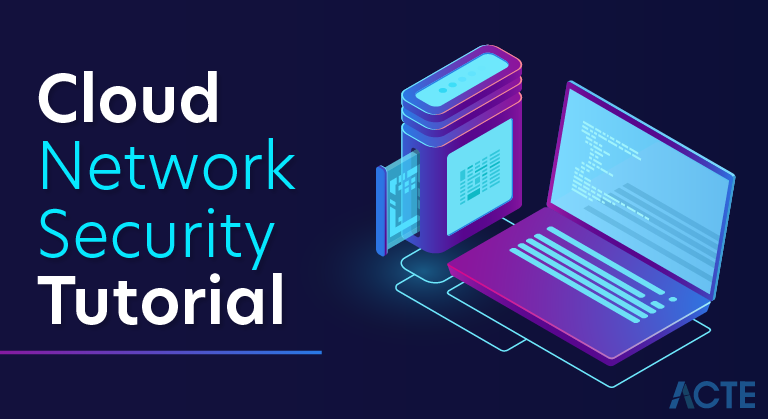
Network Security deals with all aspects related to the protection of the sensitive information assets existing on the network. It covers various mechanisms developed to provide fundamental security services for data communication. This tutorial introduces you to several types of network vulnerabilities and attacks followed by the description of security measures employed against them. It describes the functioning of most common security protocols employed at different networking layers right from application to data link layer. After going through this tutorial, you will find yourself at an intermediate level of knowledge regarding network security.
In this modern era, organizations greatly rely on computer networks to share information throughout the organization in an efficient and productive manner. Organizational computer networks are now becoming large and ubiquitous. Assuming that each staff member has a dedicated workstation, a large scale company would have few thousands workstations and many server on the network.
It is likely that these workstations may not be centrally managed, nor would they have perimeter protection. They may have a variety of operating systems, hardware, software, and protocols, with different level of cyber awareness among users. Now imagine, these thousands of workstations on company network are directly connected to the Internet. This sort of unsecured network becomes a target for an attack which holds valuable information and displays vulnerabilities.
Why Security?
The Internet was initially designed for connectivity
- Trust assumed
- We do more with the Internet nowadays
- Security protocols are added on top of the TCP/IP
Fundamental aspects of information must be protected
- Confidential data
- Employee information
- Business models
- Protect identity and resources
We can’t keep ourselves isolated from the Internet
- Most business communications are done online
- We provide online services
- We get services from third-party organizations online
Physical Network
A network is defined as two or more computing devices connected together for sharing resources efficiently. Further, connecting two or more networks together is known as internetworking. Thus, the Internet is just an internetwork: a collection of interconnected networks.
For setting up its internal network, an organization has various options. It can use a wired network or a wireless network to connect all workstations. Nowadays, organizations are mostly using a combination of both wired and wireless networks.
Wired & Wireless Networks
In a wired network, devices are connected to each other using cables. Typically, wired networks are based on Ethernet protocol where devices are connected using the Unshielded Twisted Pair (UTP) cables to the different switches. These switches are further connected to the network router for accessing the Internet.
In wireless network, the device is connected to an access point through radio transmissions. The access points are further connected through cables to switch/router for external network access.

Wireless networks have gained popularity due to the mobility offered by them. Mobile devices need not be tied to a cable and can roam freely within the wireless network range. This ensures efficient information sharing and boosts productivity.
Vulnerabilities & Attacks
The common vulnerability that exists in both wired and wireless networks is an “unauthorized access” to a network. An attacker can connect his device to a network though unsecure hub/switch port. In this regard, wireless network are considered less secure than wired network, because wireless network can be easily accessed without any physical connection.
After accessing, an attacker can exploit this vulnerability to launch attacks such as:
- Sniffing the packet data to steal valuable information.
- Denial of service to legitimate users on a network by flooding the network medium with spurious packets.
- Spoofing physical identities (MAC) of legitimate hosts and then stealing data or further launching a ‘man-in-the-middle’ attack.
Network Protocol
Network Protocol is a set of rules that govern communications between devices connected on a network. They include mechanisms for making connections, as well as formatting rules for data packaging for messages sent and received.
Several computer network protocols have been developed each designed for specific purposes. The popular and widely used protocols are TCP/IP with associated higher- and lower-level protocols.
TCP/IP Protocol
Transmission Control Protocol (TCP) and Internet Protocol (IP) are two distinct computer network protocols mostly used together. Due to their popularity and wide adoption, they are built in all operating systems of networked devices.
IP corresponds to the Network layer (Layer 3) whereas TCP corresponds to the Transport layer (Layer 4) in OSI. TCP/IP applies to network communications where the TCP transport is used to deliver data across IP networks.
TCP/IP protocols are commonly used with other protocols such as HTTP, FTP, SSH at application layer and Ethernet at the data link/physical layer.
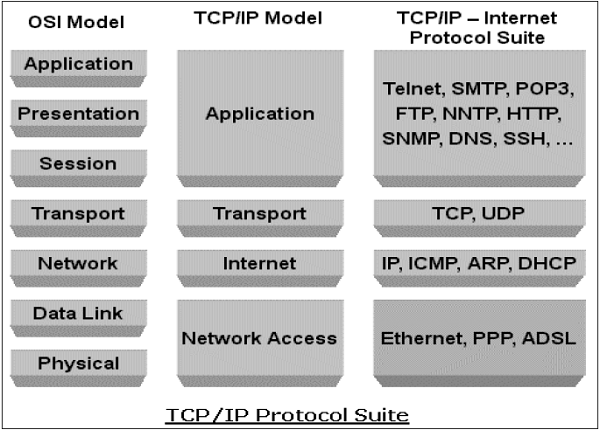
DNS Protocol
Domain Name System (DNS) is used to resolve host domain names to IP addresses. Network users depend on DNS functionality mainly during browsing the Internet by typing a URL in the web browser.
In an attack on DNS, an attacker’s aim is to modify a legitimate DNS record so that it gets resolved to an incorrect IP address. It can direct all traffic for that IP to the wrong computer. An attacker can either exploit DNS protocol vulnerability or compromise the DNS server for materializing an attack.
.
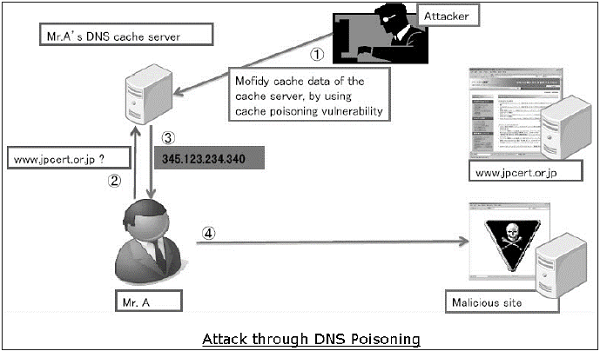
ICMP Protocol
- Internet Control Management Protocol (ICMP) is a basic network management protocol of the TCP/IP networks. It is used to send error and control messages regarding the status of networked devices.
- ICMP is an integral part of the IP network implementation and thus is present in very network setup. ICMP has its own vulnerabilities and can be abused to launch an attack on a network.
- Other protocols such as ARP, DHCP, SMTP, etc. also have their vulnerabilities that can be exploited by the attacker to compromise the network security. We will discuss some of these vulnerabilities in later chapters.
- The least concern for the security aspect during design and implementation of protocols has turned into a main cause of threats to the network security.
Benefits of Cloud Computing
The potential for cost saving is the major reason of cloud services adoption by many organizations. Cloud computing gives the freedom to use services as per the requirement and pay only for what you use. Due to cloud computing it has become possible to run IT operations as a outsourced unit without much in-house resources.
Following are the benefits of cloud computing:
- Lower IT infrastructure and computer costs for users
- Improved performance
- Fewer Maintenance issues
- Instant software updates
- Improved compatibility between Operating systems
- Backup and recovery
- Performance and Scalability
- Increased storage capacity
- Increase data safety
Types of network security
Firewalls
Firewalls put up a barrier between your trusted internal network and untrusted outside networks, such as the Internet. They use a set of defined rules to allow or block traffic. A firewall can be hardware, software, or both. Cisco offers unified threat management (UTM) devices and threat-focused next-generation firewalls.
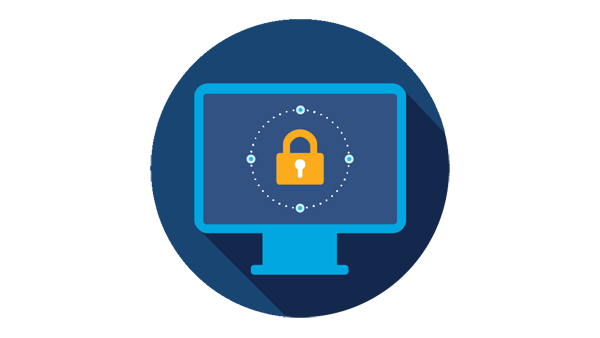
Email security
Email gateways are the number one threat vector for a security breach. Attackers use personal information and social engineering tactics to build sophisticated phishing campaigns to deceive recipients and send them to sites serving up malware. An email security application blocks incoming attacks and controls outbound messages to prevent the loss of sensitive data.

Anti-virus and anti-malware software
“Malware,” short for “malicious software,” includes viruses, worms, Trojans, ransomware, and spyware. Sometimes malware will infect a network but lie dormant for days or even weeks. The best antimalware programs not only scan for malware upon entry, but also continuously track files afterward to find anomalies, remove malware, and fix damage.

Network segmentation
Software-defined segmentation puts network traffic into different classifications and makes enforcing security policies easier. Ideally, the classifications are based on endpoint identity, not mere IP addresses. You can assign access rights based on role, location, and more so that the right level of access is given to the right people and suspicious devices are contained and remediated.
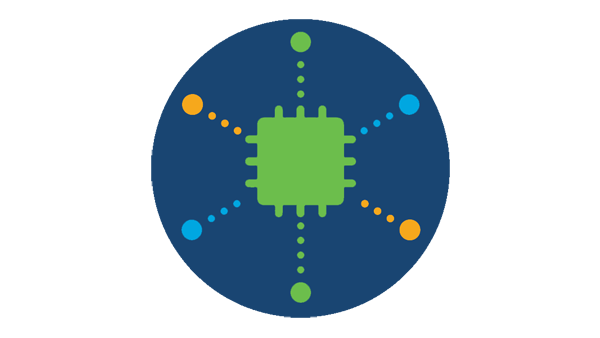
Access control
Not every user should have access to your network. To keep out potential attackers, you need to recognize each user and each device. Then you can enforce your security policies. You can block noncompliant endpoint devices or give them only limited access. This process is network access control (NAC).

Application security
Any software you use to run your business needs to be protected, whether your IT staff builds it or whether you buy it. Unfortunately, any application may contain holes, or vulnerabilities, that attackers can use to infiltrate your network. Application security encompasses the hardware, software, and processes you use to close those holes.
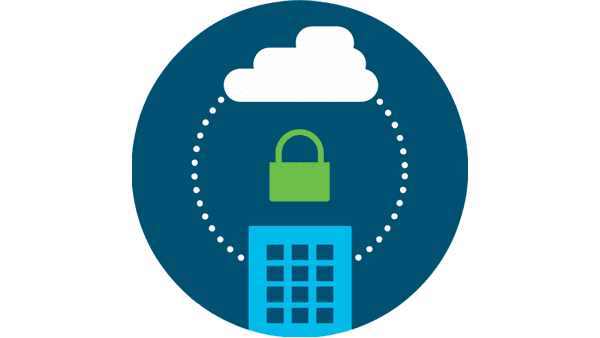
Behavioral analytics
To detect abnormal network behavior, you must know what normal behavior looks like. Behavioral analytics tools automatically discern activities that deviate from the norm. Your security team can then better identify indicators of compromise that pose a potential problem and quickly remediate threats.

Data loss prevention
Organizations must make sure that their staff does not send sensitive information outside the network. Data loss prevention, or DLP, technologies can stop people from uploading, forwarding, or even printing critical information in an unsafe manner.

Intrusion prevention systems
An intrusion prevention system (IPS) scans network traffic to actively block attacks. Cisco Next-Generation IPS (NGIPS) appliances do this by correlating huge amounts of global threat intelligence to not only block malicious activity but also track the progression of suspect files and malware across the network to prevent the spread of outbreaks and reinfection.

Mobile device security
Cybercriminals are increasingly targeting mobile devices and apps. Within the next 3 years, 90 percent of IT organizations may support corporate applications on personal mobile devices. Of course, you need to control which devices can access your network. You will also need to configure their connections to keep network traffic private.

Security information and event management
Products pull together the information that your security staff needs to identify and respond to threats. These products come in various forms, including physical and virtual appliances and server software.

VPN
virtual private network encrypts the connection from an endpoint to a network, often over the Internet. Typically, a remote-access VPN uses IPsec or Secure Sockets Layer to authenticate the communication between device and network.

Web security
A web security solution will control your staff’s web use, block web-based threats, and deny access to malicious websites. It will protect your web gateway on site or in the cloud. “Web security” also refers to the steps you take to protect your own website.

Wireless security
Wireless networks are not as secure as wired ones. Without stringent security measures, installing a wireless LAN can be like putting Ethernet ports everywhere, including the parking lot. To prevent an exploit from taking hold, you need products specifically designed to protect a wireless network.

Goals of Network Security
As discussed in earlier sections, there exists a large number of vulnerabilities in the network. Thus, during transmission, data is highly vulnerable to attacks. An attacker can target the communication channel, obtain the data, and read the same or re-insert a false message to achieve his nefarious aims.
Network security is not only concerned about the security of the computers at each end of the communication chain; however, it aims to ensure that the entire network is secure.
Network security entails protecting the usability, reliability, integrity, and safety of network and data. Effective network security defeats a variety of threats from entering or spreading on a network.
The primary goal of network security are Confidentiality, Integrity, and Availability. These three pillars of Network Security are often represented as CIA triangle.
- Confidentiality: The function of confidentiality is to protect precious business data from unauthorized persons. Confidentiality part of network security makes sure that the data is available only to the intended and authorized persons.
- Integrity: This goal means maintaining and assuring the accuracy and consistency of data. The function of integrity is to make sure that the data is reliable and is not changed by unauthorized persons.
- Availability:The function of availability in Network Security is to make sure that the data, network resources/services are continuously available to the legitimate users, whenever they require it.
Achieving Network Security
Ensuring network security may appear to be very simple. The goals to be achieved seems to be straightforward. But in reality, the mechanisms used to achieve these goals are highly complex, and understanding them involves sound reasoning.
The International Telecommunication Union (ITU), in its recommendation on security architecture X.800, has defined certain mechanisms to bring the standardization in methods to achieve network security. Some of these mechanisms are:
- En-encipher: This mechanism provides data confidentiality services by transforming data into not-readable forms for the unauthorized persons. This mechanism uses encryption-decryption algorithm with secret keys.
- Digital signatures: This mechanism is the electronic equivalent of ordinary signatures in electronic data. It provides authenticity of the data.
- Access control: This mechanism is used to provide access control services. These mechanisms may use the identification and authentication of an entity to determine and enforce the access rights of the entity. Having developed and identified various security mechanisms for achieving network security, it is essential to decide where to apply them; both physically (at what location) and logically (at what layer of an architecture such as TCP/IP).
- Security Mechanisms at Networking Layers: Several security mechanisms have been developed in such a way that they can be developed at a specific layer of the OSI network layer model.
- Security at Application Layer: Security measures used at this layer are application specific. Different types of application would need separate security measures. In order to ensure application layer security, the applications need to be modified. It is considered that designing a cryptographically sound application protocol is very difficult and implementing it properly is even more challenging. Hence, application layer security mechanisms for protecting network communications are preferred to be only standards-based solutions that have been in use for some time. An example of application layer security protocol is Secure Multipurpose Internet Mail Extensions (S/MIME), which is commonly used to encrypt e-mail messages. DNSSEC is another protocol at this layer used for secure exchange of DNS query messages.
- Security at Transport Layer: Security measures at this layer can be used to protect the data in a single communication session between two hosts. The most common use for transport layer security protocols is protecting the HTTP and FTP session traffic. The Transport Layer Security (TLS) and Secure Socket Layer (SSL) are the most common protocols used for this purpose.
- Network Layer: Security measures at this layer can be applied to all applications; thus, they are not application-specific. All network communications between two hosts or networks can be protected at this layer without modifying any application. In some environments, network layer security protocol such as Internet Protocol Security (IPsec) provides a much better solution than transport or application layer controls because of the difficulties in adding controls to individual applications. However, security protocols at this layer provide less communication flexibility that may be required by some applications. Incidentally, a security mechanism designed to operate at a higher layer cannot provide protection for data at lower layers, because the lower layers perform functions of which the higher layers are not aware. Hence, it may be necessary to deploy multiple security mechanisms for enhancing the network security.
In the following chapters of the tutorial, we will discuss the security mechanisms employed at different layers of OSI networking architecture for achieving network security.
Conclusion
cloud security, kind of the bottom line here is that security…has more to do with people and processes than with technology. It comes down to just discipline and being precise about what you’re doing and the settings and all those little tiny details in IT…that make you secure. I often tell people if you have bad Information…Security hygiene in your on-premise IT infrastructure, it’s likely you’re going to have poor security…when you operate in the cloud.
If you’re good at security, and you have good practices, you have disciplined people and you follow…best practices in your on-premise data center, chances are good that you’ll follow those same…best practices when you operate in the cloud. Cloud services can certainly be less secure.…If you’re insecurely operating in a public cloud…infrastructure as a service where you bear responsibility…for a lot of the shared security model…and you’re not following best practices, you’re at a high risk of a data breach. You can also operate in cloud services equally secure…






